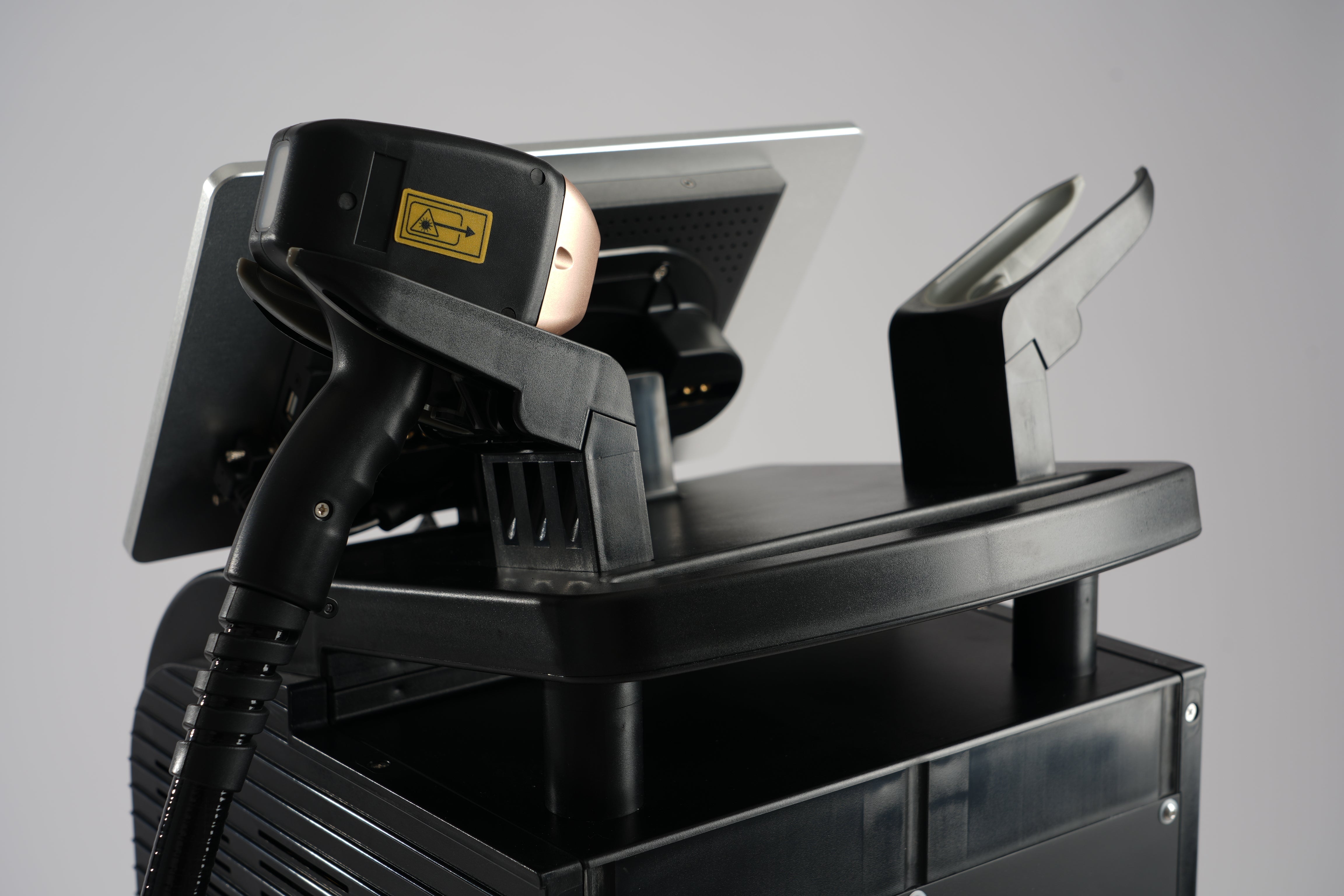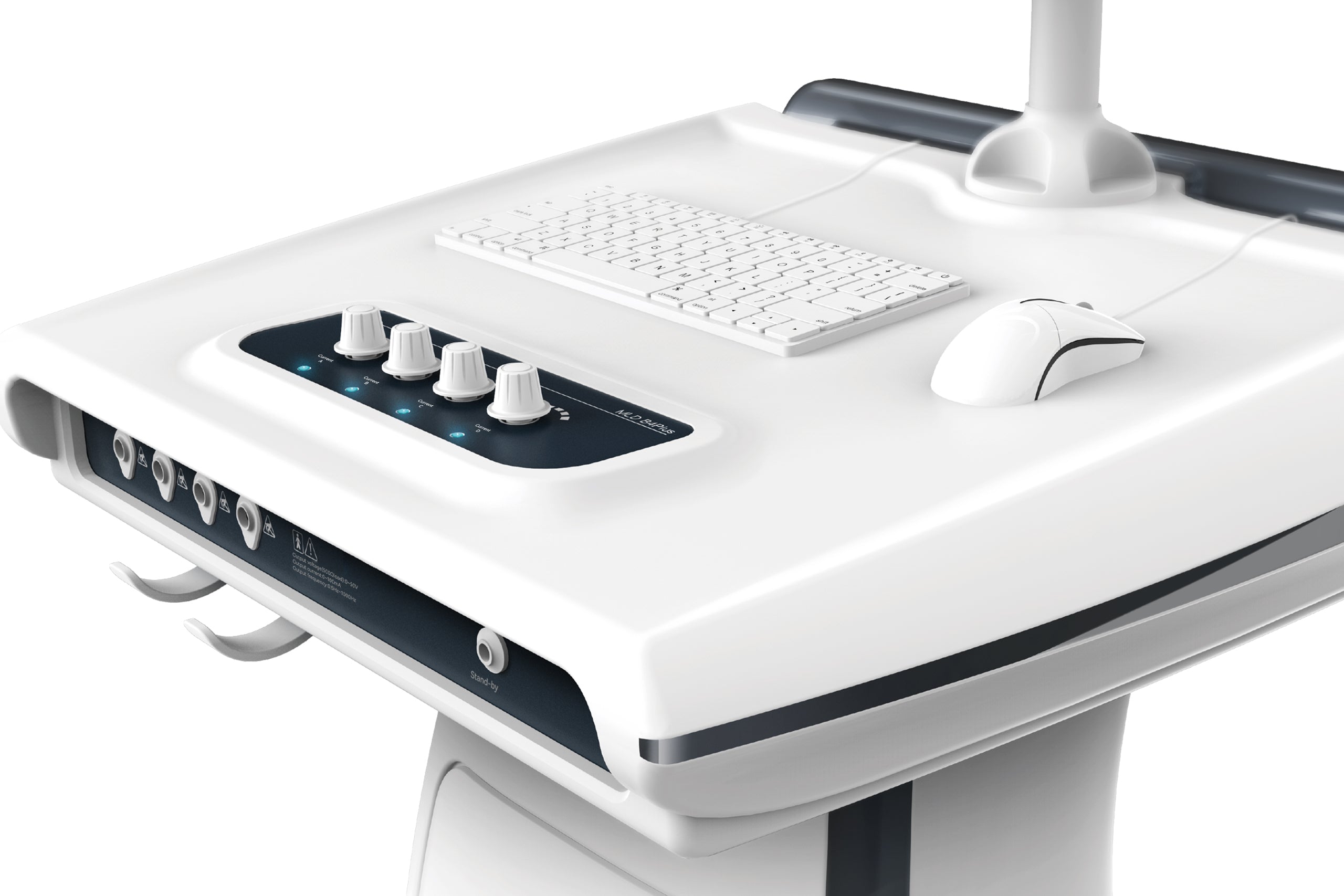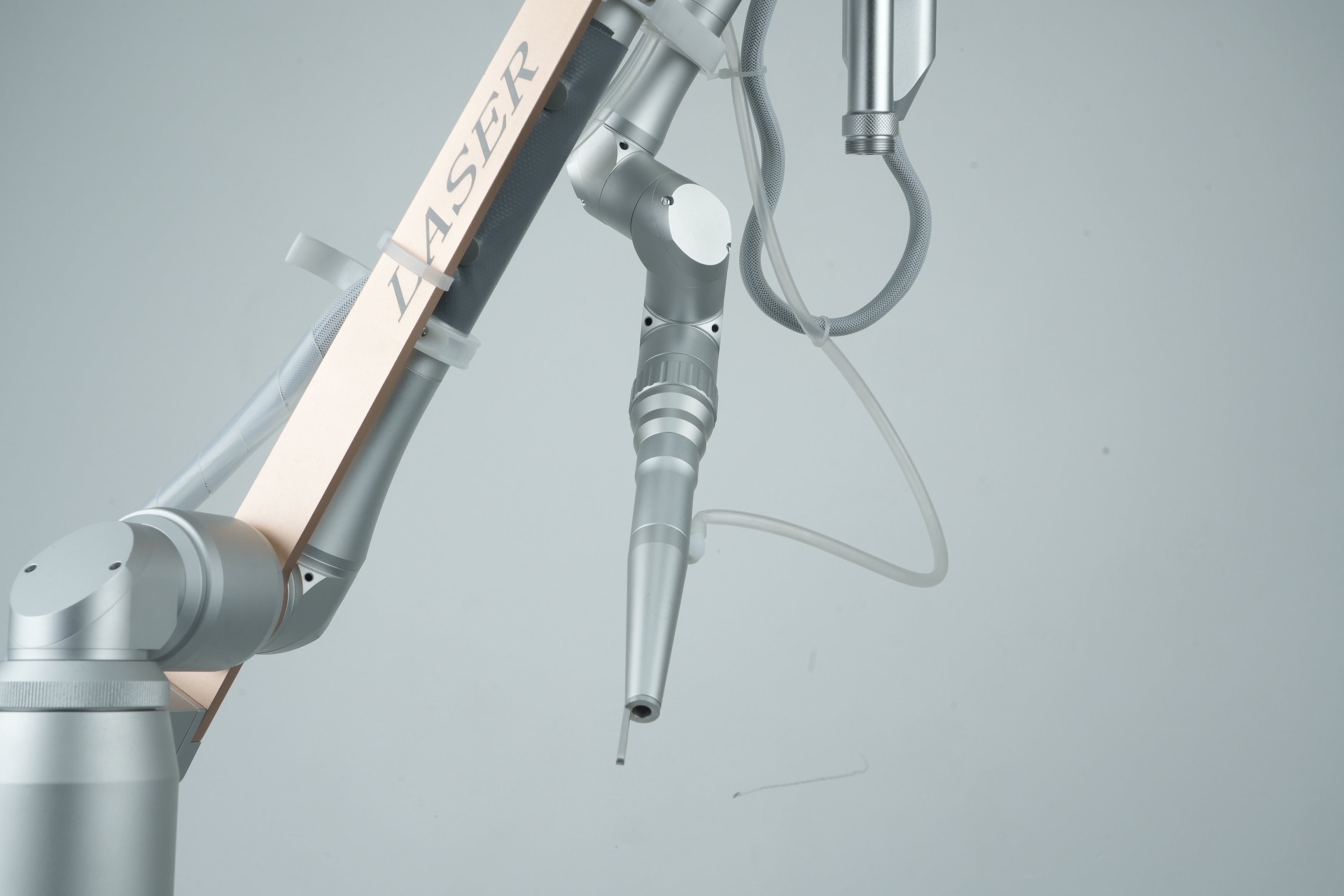Understanding Scan Patterns and Energy Settings in CO₂ Laser Resurfacing
Effective CO₂ laser resurfacing requires more than just powerful hardware – it demands a deep understanding of laser settings and scan patterns. Clinicians who master these parameters can tailor treatments to each patient’s needs, balancing aggressiveness with safety. Below we break down the key adjustable settings on a fractional CO₂ laser and how scan patterns impact treatment outcomes.
Laser Parameters: Power, Dwell Time, and Density
Power (Watts): Power controls the rate of ablation. Higher power means the laser delivers more energy per pulse, vaporizing tissue faster. Increasing power can achieve greater depth of resurfacing, but it also raises the risk of overheating if not managed carefully. Most fractional CO₂ systems allow power settings up to a certain limit (e.g. 30 W on the DioLaz device) – clinicians should start conservatively and increase as needed based on skin response.
Dwell Time (Pulse Duration): Dwell time is how long the laser remains on each micro-spot. This setting is critical for thermal impact. A longer dwell time deposits more heat into the tissue, creating a larger zone of coagulation around each ablation point. In practical terms, increasing pulse duration will deepen the treatment and induce more collagen remodeling, but it also increases patient discomfort and downtime (more redness, swelling). As one clinical guide notes, longer dwell times correlate with greater collateral thermal injury. Finding the optimal pulse width – enough to stimulate collagen, but not so long as to cause undue damage – is key.
Spot Density (Dot Pitch): Fractional lasers produce an array of micro-beams. The density or spacing between these dots affects how much of the skin is treated in one pass. A tighter pattern (higher density) treats a larger fraction of the skin surface, yielding a stronger result but more ablative coverage. A lower density leaves more intact skin between spots, which speeds healing. Most devices let you adjust this via pattern size or pitch (e.g. setting the dot spacing in millimeters). Essentially, higher density = more aggressive resurfacing, whereas wider spacing is gentler. Clinically, you might use high density for severe scarring, and low density for a mild refresh.
Scan Patterns: Shapes and Firing Modes
Modern CO₂ lasers come with scanning handpieces that create different spot patterns on the skin. Common shape options include square, hexagon, circle, triangle, and more. The shape itself doesn’t change the physics of ablation, but it allows the operator to match the pattern to the treatment area (for example, a circular pattern might suit the cheeks, whereas a triangular or linear pattern could suit along the jawline). Using an appropriate pattern ensures even coverage without excessive overlap.
Equally important is the firing mode or sequence. Some scanners offer a “sequential” mode where the laser fires spots in order (line by line), versus a “random” mode that disperses the spots to avoid heat buildup. There is also a mode that maximizes the distance between consecutive shots, further minimizing local heat accumulation. In practice, randomized or maximally spread firing is preferred for higher settings – this prevents too much energy from concentrating in one area at a time, reducing the risk of burns. Sequential firing might be used at lower energies or for very targeted areas.
Tip: Start with test spots. When approaching a new patient or area, perform a test with conservative power and an intermediate dwell time. Assess the immediate tissue response and adjust settings accordingly. Remember that power and dwell time together determine the total energy delivered, so consider both in tandem. Mastery of these scan patterns and energy settings allows clinicians to fine-tune treatments – for example, using a short dwell, low density, random pattern for a light resurfacing, versus a long dwell, high density, sequential pattern for deep scar revision. By understanding these controls, you can maximize results while keeping patient safety paramount.
References:
- A4M Laser Physics Tutorial – Describes how beam power and dwell time determine ablation rate and depth.
- Patel et al., 2019 – Notes that increasing pulse duration (dwell time) increases the zone of thermal injury.
- DioLaz User Manual, 2023 – Lists available scan shapes and firing modes (random, sequential, max distance) for fractional CO₂ treatment.





Share:
Why Spot Size Matters: A Clinical Look at 12×24 mm Coverage
Postpartum Recovery and Pelvic Floor Rehabilitation with EMG Biofeedback Technology